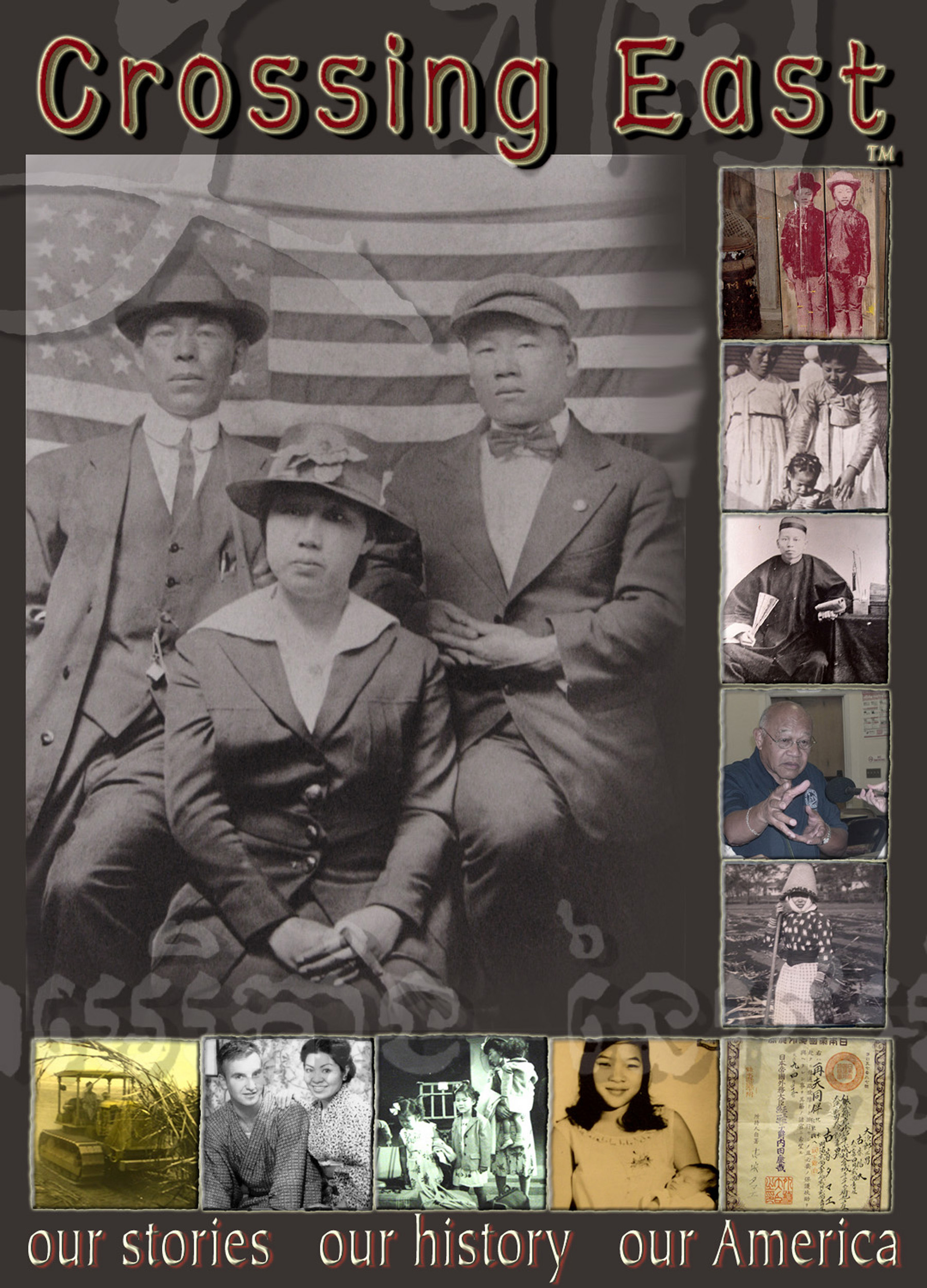America has been home to refugees since the Potato Famine and the rise of Communism. The U.S. involvement in the Vietnam War caused devastation throughout Southeast Asia and brought families who had no choice but to seek a new life in America.
Crossing East highlights a tumultuous time of war and resettlement and examines differences in culture, education and socio-economic backgrounds of Southeast Asian refugees.
Listen: Crossing East Program 7 – Refuge From War
 Segment One: Home is Always Somewhere Else
Segment One: Home is Always Somewhere Else
When the American war ended in Vietnam in 1975, thousands of Vietnamese fled to the U-S. These refugees learned to live in a new country, building a vibrant community from coast to coast. But the legacy of warfare and post-war trauma still haunts them 30 years later. Vietnamese American writer and journalist Nguyen Qui Duc reflects on the formation of a Vietnamese community in the US, and his own ties to his homeland.
Produced by Nguyen Qui Duc
Home Is Always Somewhere Else Archival Material
 Segment Two: Refugee Dreams Revisited
Segment Two: Refugee Dreams Revisited
The refugees who came to America were Vietnamese, Cambodian, Laotian and the ethnic minorities from Laos—the Mien and Hmong. Most had fought on the same side and helped the U-S military in the war in Vietnam. The Mien and Hmong— the rural people in Laos—were particularly vulnerable for helping the C-I-A with covert operations. Staying in Laos was not an option. By 1979, there were almost 62-thousand Vietnamese in refugee camps. More than 140-thousand people displaced from Cambodia and Laos joined them. Oregon and Washington State had the fifth largest population of South East Asian refugees in the country. The Portland School district was one of the first to figure out how work with South East Asian youth coming to their schools. The 1.5 generation—those who came to this country at a young age—learned quickly, mastering language and writing skills before their first generation parents. Now they own businesses and are community leaders in Portland.
Acknowledgements:
The Van Lang Vietnamese School in Portland, Quy and Tien Nguyen, Ly Chheng Tang, Long San Tzeo, Farm Yoon Lee, Lee Po Cha, Khanthaly Thammavong, Sokhum Tauch, Kilong Ung, Kim Nguyen, Daran Kravanh.
Produced by Anne Morin and Dmae Roberts
Refugee Dreams Revisited Archival Material
S egment Three: Hmong in America
egment Three: Hmong in America
The capital of Hmong America is St. Paul, Minnesota, where a bustling market covers more than a city block, crowded with shoppers. Nearly 200 thousand Hmong people live in America. Some have just arrived from camps in Thailand—they are the last Hmong refugees allowed into the U-S. Others have lived here for almost 30 years. In Laos the Hmong were peasant farmers. During the Vietnam War, the Central Intelligence Agency recruited the Hmong to gather intelligence in the borderland between Vietnam and Laos. At the height of the war, there were 30 thousand Hmong soldiers. They suffered horrific losses and helped to save many American lives. After the communist take-over of Laos, the Hmong fled to refugee camps in Thailand. Nearly a third of the Hmong population in Laos eventually migrated to the United States.
Acknowledgements:
Houa Thao, Ai Moua, Blia Yang, Peng Yang, Scholar Dia Cha, Kate Mueller and Senator Mee Moua
